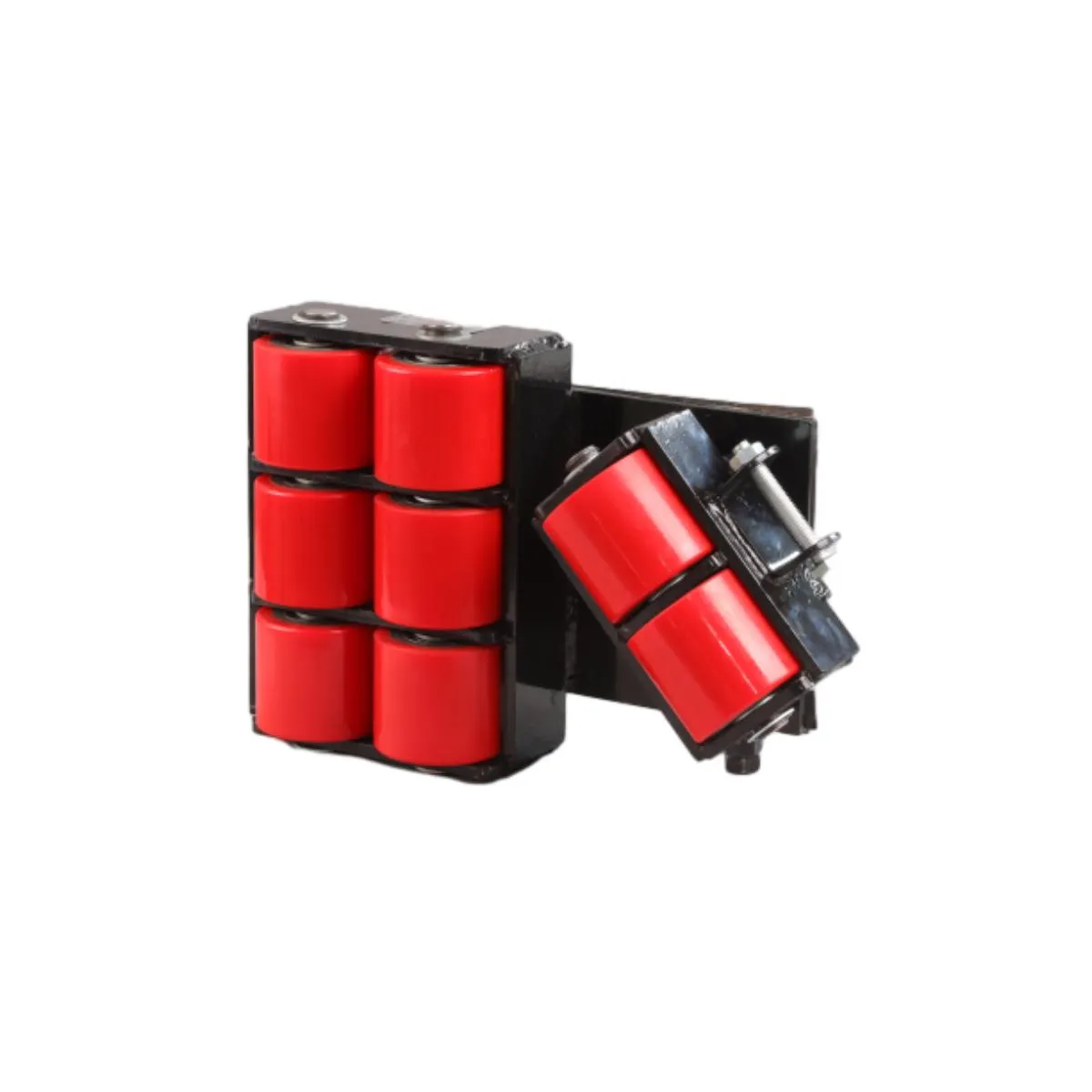Portal Jib Crane Design and Functionality for Efficient Material Handling Solutions
Understanding the Portal Jib Crane Applications and Advantages
The portal jib crane is a versatile lifting device commonly used in industrial settings to move heavy loads with precision and ease. This type of crane combines the features of a jib crane and a portal frame, making it an efficient solution for various lifting tasks. Its unique design allows for lateral movement along its base, enabling it to serve multiple workstations or areas within a facility.
Design Features
A portal jib crane typically consists of a vertical support column, a horizontal jib arm, and a sturdy portal structure. The crane's horizontal arm, which can rotate around the vertical column, is equipped with a hoist mechanism. This design allows materials to be lifted, lowered, and moved with great control. The portal frame, often made of steel, provides additional stability and strength, ensuring that the crane can handle substantial loads without compromising safety.
One of the standout features of portal jib cranes is their ability to operate in confined spaces. This makes them ideal for facilities where floor space is at a premium, such as workshops, warehouses, and manufacturing plants. Unlike traditional overhead cranes that require expansive overhead space, portal jib cranes function effectively within limited vertical and horizontal dimensions.
Applications
Portal jib cranes find applications across various industries due to their adaptability. In manufacturing, they are used to lift and transport materials from one point to another, streamlining production processes. In construction, these cranes assist in placing heavy building materials, reducing labor costs and improving efficiency on job sites.
Additionally, portal jib cranes are invaluable in maintenance and repair operations. They provide the necessary lifting power for servicing heavy machinery and equipment, allowing technicians to perform their work safely and effectively. The versatility of these cranes extends to the automotive industry, where they are often used for lifting engines and other hefty components.
Advantages
portal jib crane

The portal jib crane offers several advantages that make it a preferred choice for many businesses
1. Space Efficiency The compact design allows deployment in tight areas where traditional cranes cannot operate.
2. Ease of Use With intuitive controls, operators can quickly learn to use portal jib cranes, leading to higher productivity.
3. Cost-Effectiveness By reducing manual lifting and streamlining logistics, businesses can save on labor costs and enhance operational efficiency.
4. Safety The design emphasizes stability and control, minimizing the risk of accidents associated with heavy lifting.
5. Customizability Portal jib cranes can be tailored to fit specific needs, including varying lift heights, arm lengths, and load capacities.
Conclusion
In summary, the portal jib crane is an essential tool in today's industrial landscape, known for its efficiency, safety, and versatility. Whether used in manufacturing, construction, or maintenance, its ability to provide precise load handling in confined spaces sets it apart from other lifting equipment. As industries continue to evolve, the demand for reliable and adaptable lifting solutions like the portal jib crane is likely to increase, underscoring its significance in enhancing operational efficiency and productivity across various sectors. By investing in such equipment, businesses can optimize their processes and better meet the demands of the modern marketplace.
-
Permanent Magnetic LiftersNewsNov.01,2024
-
Operations with an Adjustable CraneNewsNov.01,2024
-
Machine Moving SkatesNewsNov.01,2024
-
Industrial Lifting MagnetsNewsNov.01,2024
-
Effective Machinery MovingNewsNov.01,2024
-
Adjustable Gantry CraneNewsNov.01,2024
-
Unlock the Power of Lifting with Permanent Magnetic LiftersNewsOct.11,2024
